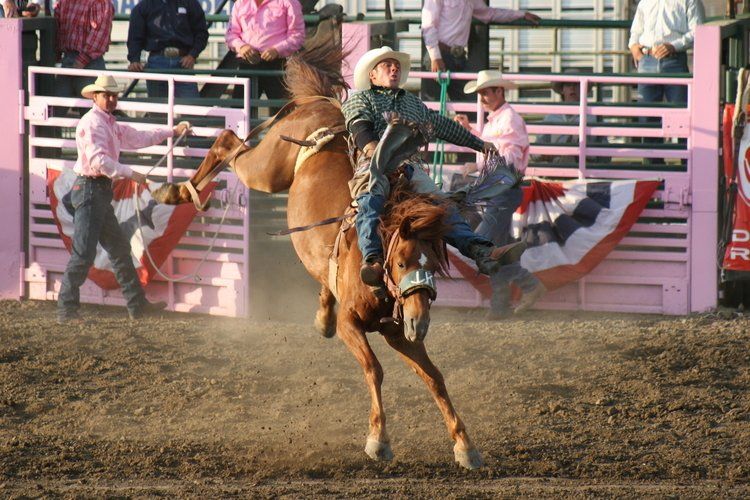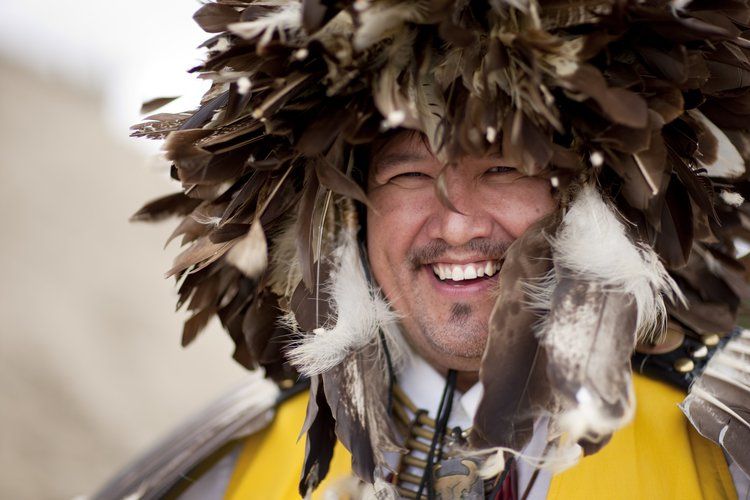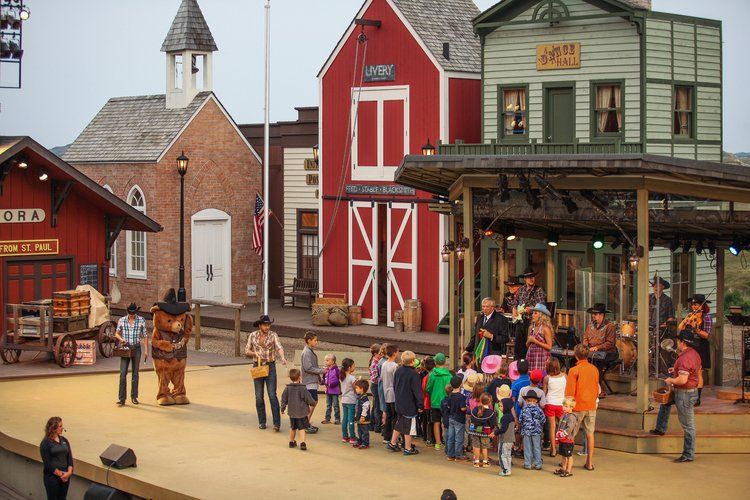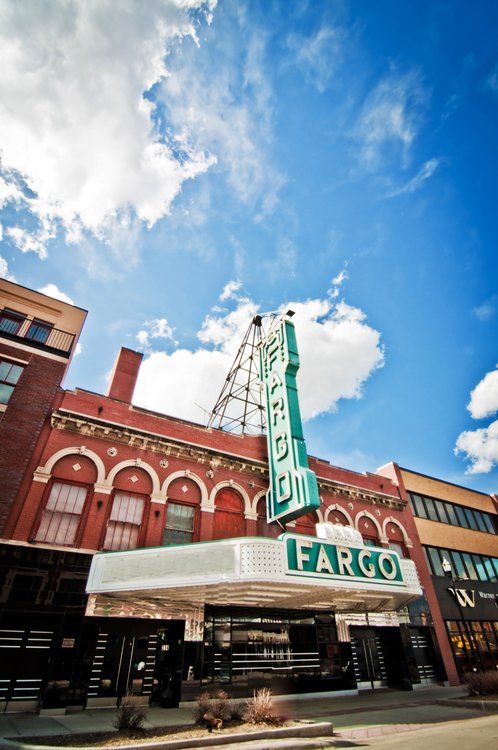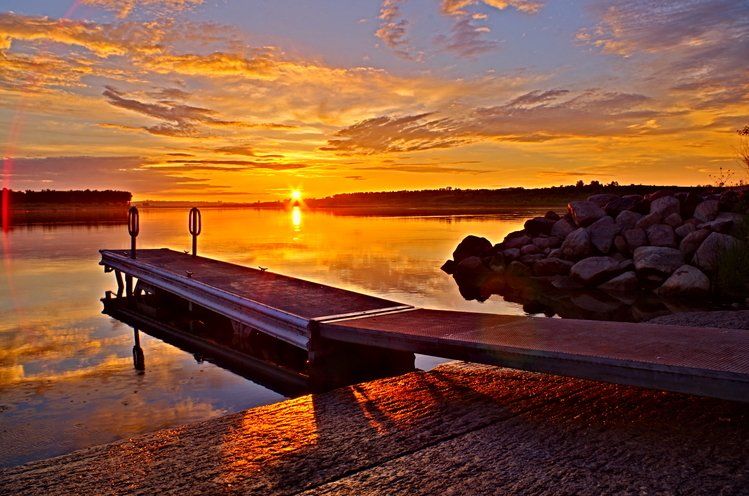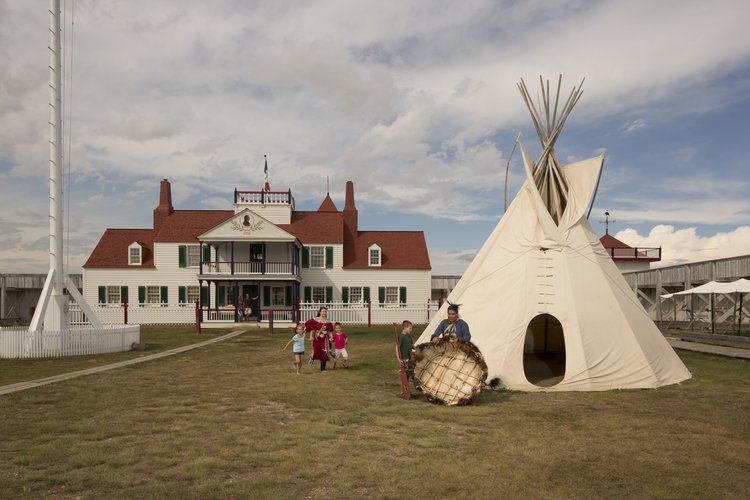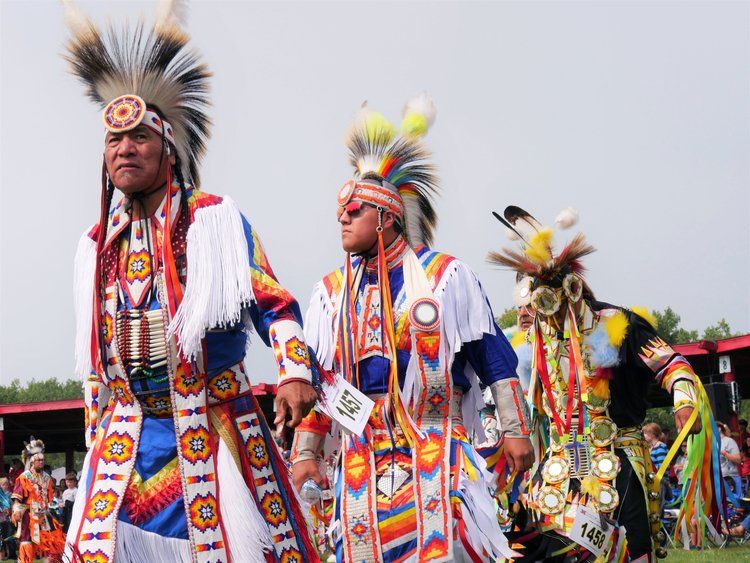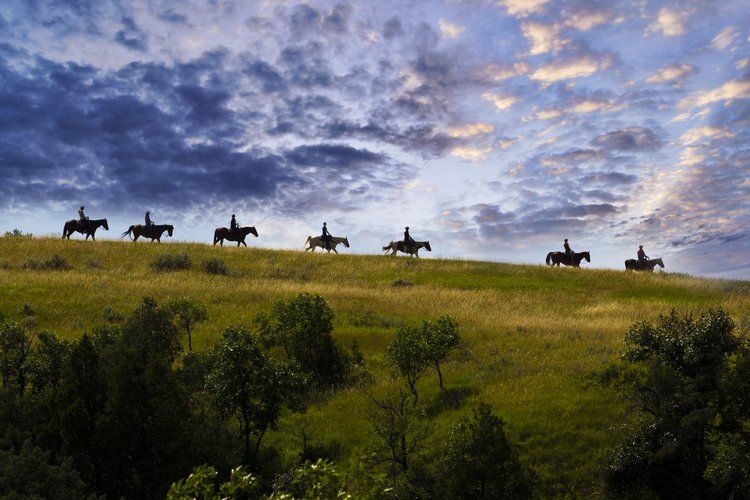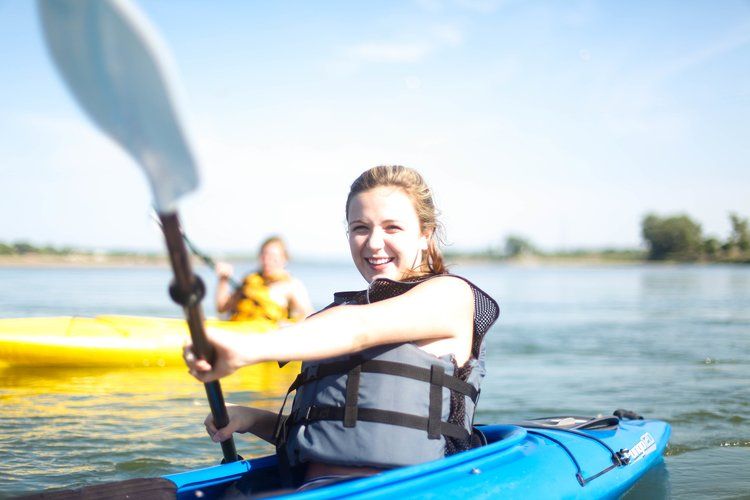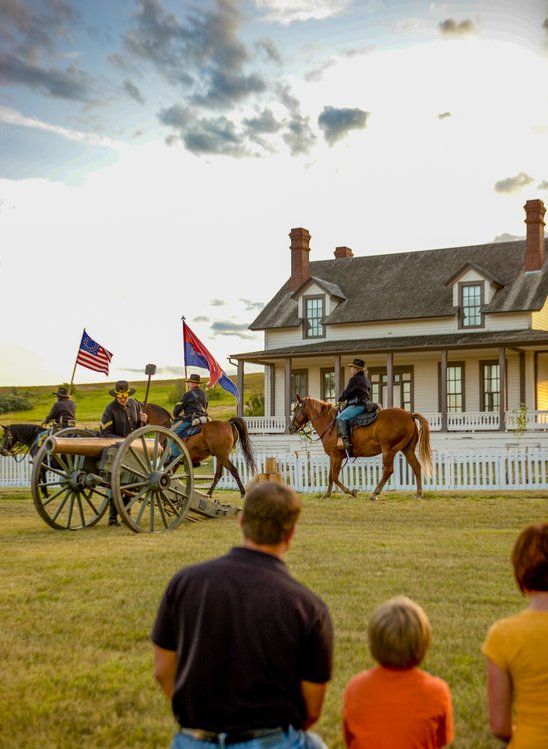Western Culture, Native American Experiences, Powwows and Rodeos10 nights
Price from: £1,244 per person
Price Includes: Flights, accommodation and car hire.
Go back in time and experience the rich heritage and culture that makes North Dakota so unique, and the friendly hospitality that they are known for today. Powwows and rodeos generally take place between May and October, with the period around the Fourth of July holiday being known as Cowboy Christmas! Both experiences are still important today in the lives of the local North Dakota communities.
Powwow and rodeo dates are not currently available for 2021, but please check with us for the latest information
Day 1 - Fly from the UK to Minneapolis
On arrival collect your car and stay one night in Minneapolis.
The Mall of America is a great place to start if you’re keen to pick-up some of the best known brands, enjoy some entertainment or grab something to eat. Alternatively, if time permits visit the Science Museum of Minnesota, including their Mississippi River Gallery & Exhibit and the “Mysteries of the Great Lakes” film. See a show or take a tour at the famous Guthrie Theater.
Day 2 - Drive to Fargo approx. 235 miles
Downtown Fargo is home to the iconic Fargo Theatre along with dozens of trendy eateries, coffee shops, brew pubs, quirky boutiques and great nightlife. Learn all about the area at Bonanzaville, with its fifteen fascinating acres of historic buildings, ranging from a sod house to a church, court house and country store, and displays of antique cars, airplanes, farm equipment and other memorabilia. Visit the Fargo Air Museum to see the Goodyear F2G-1D Super Corsair, the World's only flying Super Corsair; a P-51D Mustang, the best-known fighter of WWII; Grumman TBM Avenger, the Navy's primary torpedo/bomber aircraft; and the Douglas DC-3 / C-47 Skytrain, best-known as the 'Gooney Bird.'
Sports enthusiasts will love Scheels All Sports, with over 85 speciality shops under one roof, making it the ultimate destination for athletes, fans and outdoor lovers. The focal point of the Fargo store is the ‘Scheels Wheel’, the 45-foot, 12-car 1953 park-style Ferris wheel.
Stay two nights in Fargo.
Day 4 - Drive to Bismarck/Mandan, approx. 195 miles
Head west today stopping at Jamestown, where you will find the National Buffalo Museum and Buffalo Herd, and Frontier Village with the World’s Largest Buffalo. The Museum is dedicated to the history of the American Bison, houses artefacts, many original art works and has an observation point for the live buffalo herd. Frontier Villages is an authentic pioneer town next to the National Buffalo Museum and is also home to 'The World’s Largest Buffalo', a 60-ton concrete buffalo statue.
There is so much on offer in the Bismarck/Mandan area, you could easily spend a week! There numerous opportunities to immerse yourself in Native and Western culture and heritage as well as outdoor adventures on the Missouri River, either paddling under your own steam or aboard the Lewis and Clark paddle-wheeler riverboat, hiking trails, bike rentals, horse-riding and golf courses.
Visit the North Dakota Heritage Center and Sakakawea Statue, the state's largest museum with an outstanding collection of Plains Indian artefacts and interpretive exhibits that feature North Dakota's varied American Indian, military and agricultural history and prehistory.
On-A-Slant Indian Village is a 400 year-old Mandan Village which thrived for over 200 years. The Mandan were gardeners, living in permanent housing, the earthlodge. Five reconstructed lodges can be toured today.
Chief Looking’s Village is Located directly above the Lewis & Clark Riverboat and is a native American village site with a self-guided tour of the grounds and earthlodge depressions and a fortification ditch. The name of the site recognizes Chief Looking, the Mandan chief of the village. It is also a great overview of the Missouri River that separates Bismarck from Mandan.
At Fort Abraham Lincoln State Park: Experience the life at the Fort in 1875 at the Custer House. Tour the home of the General and Mrs. George Custer. Walk across the parade grounds to the barracks of the 7th Cavalry, the Commissary Store and visit the horses at the stables. It was from here that Custer and his 7th Cavalry rode to meet their fate at the Battle of the Little Bighorn.
If you are looking for another view point, head to the Fort Mckeen Blockhouses – infantry blockhouses set high on the bluffs over-looking the Missouri River, the same vantage points early cavalry soldiers had as they viewed the wide expanse of the Missouri River.
Just North of Bismarck on Highway 1804 is Double Ditch Indian Village State Historic Site contains ruins of large Mandan Indian earthlodge village believed to have been inhabited for nearly 300 years until 1781. The remains of earthlodges, refuse mounds and the surrounding fortification ditches are clearly discernible. Interpretive signs highlight important features around the site.
Stay three nights in the Bismarck/Mandan area.
Day 7 - Drive to Watford City, approx. 180 miles
Today you can take the Sakakawea Scenic Byway which highlights fantastic views of the Missouri River Valley along with some of the state's most outstanding Lewis and Clark destinations. Follow the course of their great journey and discover the history and culture of the people who lived in the rolling hills and wooded valleys of the Missouri and Knife Rivers.
Stop at the Lewis and Clark Interpretive Center, a world-class interpretive site along the route Lewis and Clark travelled almost 200 years ago which showcases the journey of the Corps of Discovery. At Fort Mandan you can see the reconstructed site of the winter home of Lewis and Clark in 1804-1805.
Knife River Indian Villages National Historic Site in the Stanton area is the ruins of the ancient Indian village which was last occupied in 1845 by the Hidatsa and Mandan, and is the site where Lewis and Clark met Sakakawea in 1804. The site now has a modern museum, visitor centre, Hidatsa earthlodge and the remains of three Hidatsa villages with 210 depressions.
Garrison’s Ye Olde Malt Shoppe is a retro-style restaurant that makes a great lunch stop, before taking the Killdeer Mountain Four Bears Scenic Byway – from the Killdeer Mountains to the deeply entrenched Little Missouri River Breaks and Badlands, this 64-mile byway provides a unique and enchanting landscape in one of the most scenic areas of western North Dakota. At New Town the Four Bears Bridge is a unique structure that bares aesthetic features selected by and representing the Mandan, Hidatsa and Arikara tribes.
Watford City is the gateway to the North Unit of Theodore Roosevelt National Park. It's an area steeped in history, culture and scenic beauty, and today it is bustling with new things to see and do. Take the 14 Mile Scenic Drive into the North Unit's to Oxbow Overlook at the road's end. Nearby, as is the unique Fairview Lift Bridge and Cartwright Tunnel which stretches 1,320 feet across the Yellowstone River and has been turned into a walkway. It has been listed on the National Register of Historic Places.
Visit Fort Union Trading Post National Historic Site, which was the most important fur trade post on the Upper Missouri River between 1828 and 1867. Here, the Assiniboine and six other Northern Plains Indian Tribes exchanged buffalo robes and smaller furs for goods from around the world, including cloth, guns, blankets, and beads. A bastion of peaceful coexistence, the post annually traded over 25,000 buffalo robes and $100,000 in merchandise. Fort Buford State Historic Site preserves remnants of a vital frontier plains military post established in 1866 to protect overland and river routes used by immigrants settling the west. It played a vital role as the place where the famous Hunkpapa Sioux leader, Sitting Bull, surrendered.
Stay two nights in Watford City.
Day 9 - Drive to Medora, approx. 85 miles
A must for any visitor to North Dakota, this authentic Old West cow-town was founded in 1883 by the Marquis de Mores and named for his wife. Medora offers a musical extravaganza, trail rides, mountain biking, hiking, museums, gift shops and restaurants.
Medora is your base for visiting the South Unit of Theodore Roosevelt National Park, named for the 26th President, memorialising his contribution to conservation. North Dakota Badlands provide the scenic backdrop to this park. The loop drive provides a view of buffalo, deer, elk, bighorn sheep, wild horses, mule deer and prairie dog towns. Trail ride, mountain bike or hike through the Badlands on the marked trails or the Maah Daah Hey Trail.
Back in Medora, take in the Medora Musical, a Broadway-style variety show at the spectacular Burning Hills Amphitheater, with Western entertainment and a patriotic salute as part of each show. And for something else unique, have a western steak meal served at Pitchfork Fondue on the bluffs overlooking Medora. Check-out some of the prominent local figures North Dakota Cowboy Hall Of Fame, an interpretive centre for the history of Native Americans, ranching, rodeo, and the western lifestyle of the plains and Badlands.
Take a side trip and drive the Enchanted Highway – a 30-mile drive lined with giant metal sculptures, including the awe-inspiring Geese in Flight, as well as Tin Family, Fisherman's Dream, Teddy Rides Again, Pheasants on the Prairie and more.
Stay two nights in Medora.
Day 11 - Drive to Bismarck, approx. 135 miles
On your way, the Museum Center in Dickinson is a great stop with a life-size Triceratops and Pachycephalosaurus outside the entrance and 10 full-scale dinosaurs in a central display.
Drop off your car at Bismarck airport and fly back to the UK or continue on your journey to South Dakota and Wyoming.

